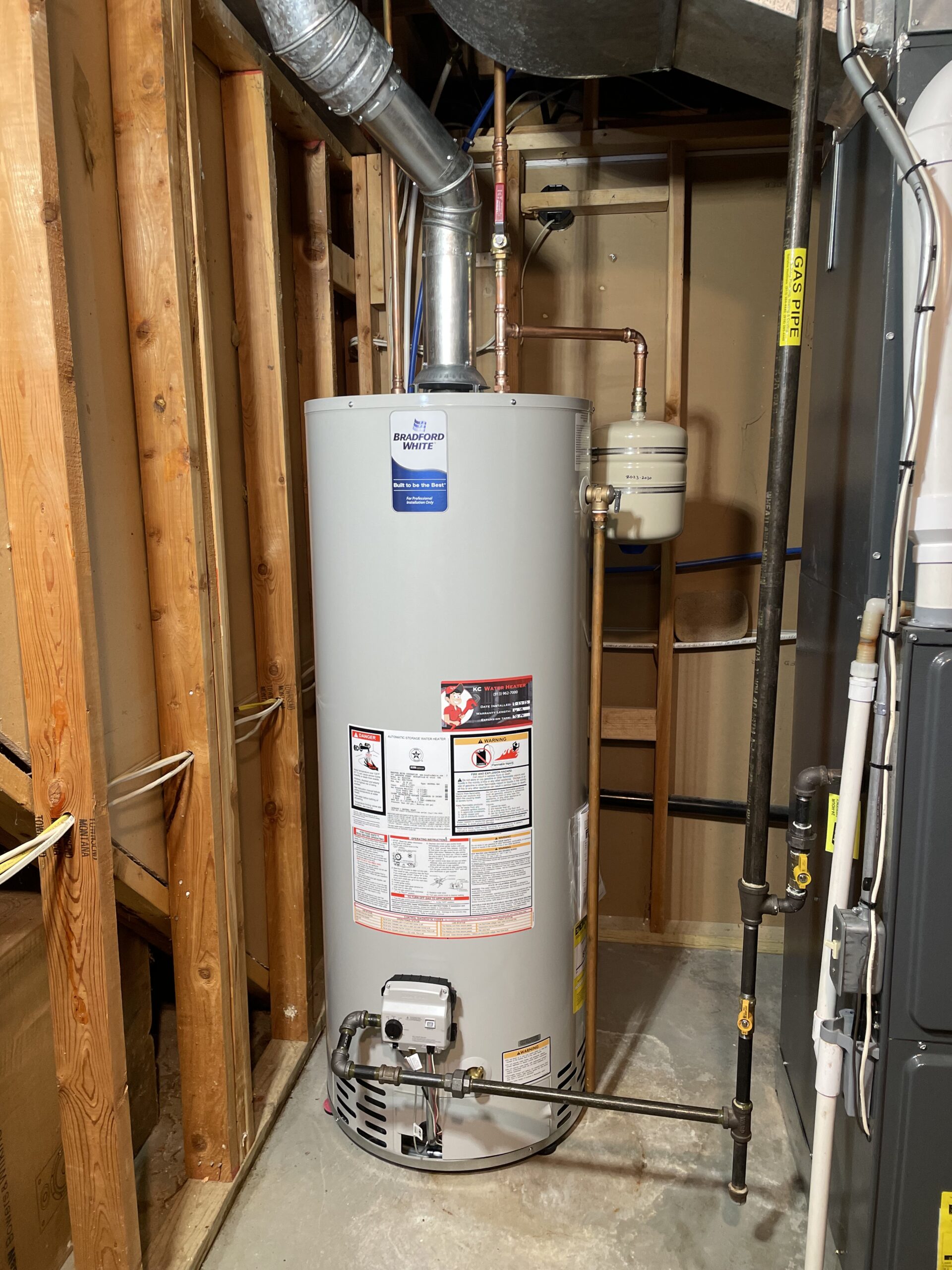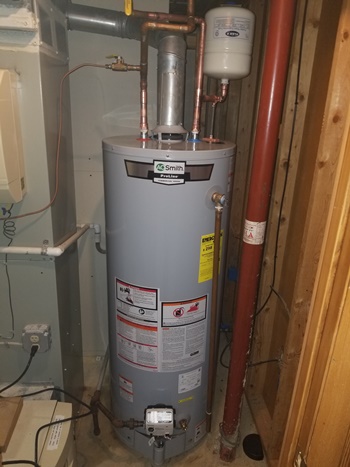Expert Guidance on Caring for Your Home's Hot Water System
Expert Guidance on Caring for Your Home's Hot Water System
Blog Article
Almost everyone may have their private ideas on the subject of Tips on Maintaining a Water Heater.

Hot water is important for day-to-day comfort, whether it's for a rejuvenating shower or cleaning meals. To ensure your warm water system runs effectively and lasts much longer, regular maintenance is crucial. This write-up gives practical ideas and insights on just how to preserve your home's warm water system to stay clear of disturbances and costly repair work.
Introduction
Keeping your home's hot water system could appear complicated, however with a few basic steps, you can guarantee it operates efficiently for many years ahead. This guide covers everything from comprehending your hot water system to do it yourself upkeep ideas and knowing when to call in professional help.
Importance of Keeping Your Warm Water System
Normal upkeep not just prolongs the life-span of your warm water system but likewise ensures it operates successfully. Disregarding maintenance can cause decreased efficiency, higher power expenses, and even premature failure of the system.
Indicators Your Hot Water System Needs Upkeep
Knowing when your hot water system requires attention can avoid significant concerns. Look out for indications such as irregular water temperature, odd sounds from the heater, or corroded water.
Understanding Your Hot Water System
Prior to diving right into maintenance tasks, it's practical to comprehend the fundamental components of your warm water system. Commonly, this consists of the hot water heater itself, pipes, anode poles, and temperature controls.
Monthly Maintenance Tasks
Normal month-to-month checks can aid catch minor problems before they escalate.
Purging the Hot Water Heater
Flushing your hot water heater gets rid of debris build-up, improving efficiency and extending its life.
Checking and Changing Anode Rods
Anode poles prevent corrosion inside the tank. Examining and replacing them when worn is critical.
Examining and Changing Temperature Settings
Adjusting the temperature settings guarantees ideal efficiency and security.
DIY Tips for Maintenance
You can carry out a number of maintenance tasks yourself to keep your hot water system in top problem.
Looking for Leakages
Consistently evaluate pipelines and links for leakages, as these can cause water damages and greater bills.
Examining Pressure Alleviation Valves
Testing the stress safety valve guarantees it works appropriately and protects against too much stress accumulation.
Insulating Pipelines
Shielding warm water pipelines decreases heat loss and can conserve power.
When to Call an Expert
While DIY upkeep is beneficial, some concerns call for expert know-how.
Complicated Issues Calling For Expert Aid
Examples include significant leaks, electric issues, or if your water heater is continually underperforming.
Regular Expert Maintenance Conveniences
Expert upkeep can consist of comprehensive inspections, tune-ups, and ensuring conformity with safety criteria.
Final thought
Regular upkeep of your home's hot water system is essential for effectiveness, longevity, and price savings. By adhering to these suggestions and recognizing when to seek professional assistance, you can ensure a trusted supply of hot water without unanticipated interruptions.
How to Maintain an Instant Hot Water Heater
Before tinkering with your hot water heater, make sure that it’s not powered on. You also have to turn off the main circuit breaker and shut off the main gas line to prevent accidents. Also turn off the water valves connected to your unit to prevent water from flowing into and out of the appliance. 2. When you’re done, you have to detach the purge valves’ caps. These look like the letter “T†and are situated on either side of the water valves. Doing so will release any pressure that has accumulated inside the valves while at the same time avoid hot water from shooting out and burning your skin. 3. When the purge valves’ caps are removed, you have to connect your hosing lines to the valves. Your unit should have come with three hoses but if it didn’t, you can purchase these things from any hardware or home repair shops. You can also get them from retail stores that sell water heating systems. Read the user’s manual and follow it to complete this task properly. When the hosing lines are connected, open the purge port’s valves. 4. You should never use harsh chemical cleaners or solutions when cleaning your unit. Make use of white vinegar instead. It should be undiluted and you’ll probably use about 2 gallons. 5. Now flush your water heater. This task should probably take about 40 minutes. We can’t give you specific directions for this because the procedure is carried out depending on the type, model and brand of your heater. With that being said, refer to the user’s manual. 6. When you’re done draining the unit, you have to turn off the purge port valves again. Remove the hosing lines that you earlier installed on each of the water valves. Put the valve caps (purge port) back in their respective places and be very careful so as not to damage the rubber discs that are found inside these caps. 7. Now that everything’s back in place, check your user’s manual again to find out how to reactivate your water heating system. 8. Once it is working, turn one of your hot water faucets on just to let air pass through the heater’s water supply pipes. Leave the tap on until water flows smoothly out of it. https://www.orrplumbing.com/blog/2014/september/how-to-maintain-an-instant-hot-water-heater/

I was shown that write-up about How to Maintain a Hot Water Heater in a Few Simple Steps from a friend on a different domain. Sharing is nice. You won't know, you may be helping someone out. Thanks a lot for your time invested reading it.
Book Appointment Report this page